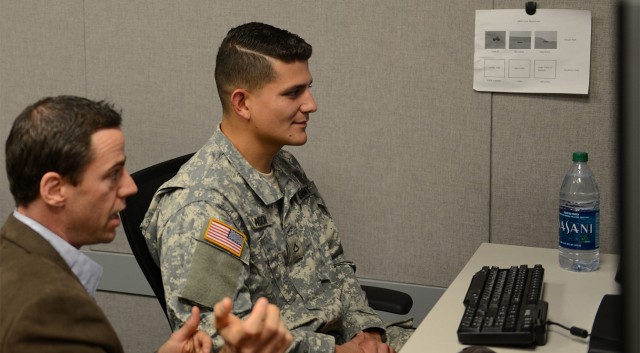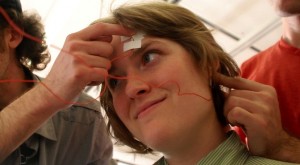
The United States army announced that it has found a breakthrough method for image analysis by decoding the human brain. While the technique is narrow, it does have a powerful applicability, representing new human insight into computers.
By examining the brains of soldiers, researchers at the Army’s MIND lab used natural human neural responses to precisely categorize real-world images. First, the experts hooked soldiers to neural electrodes to monitor their brain activity as they viewed a series of images. Next, the soldiers were asked to discretely select one of five categories: boats, pandas, strawberries, butterflies, or chandeliers. After choosing, the soldiers were shown a series of images in rapid succession (approximately one per second), while the researchers recorded the resulting neural response. Eventually, by identifying trends in the recognition response, researchers were able to accurately determine the selection each solider chose.

After some experimenting, the team refined the process, accelerating it by flashing sections of a photo (known as “chips”) at a rate of five or more per second. If a soldier selected a strawberry, then that image would cause a spike in neural interest. Eventually, the soldier was shown the complete image over a series of chips, but displaying them in segments made the entire process work faster.
Other companies like Google have been working on a similar process, but are additionally building software simulations of the brain called artificial neural networks that work through complex issues more efficiently than concrete digital programs. The brain, however, is much more difficult to manipulate than software.
The eventual goal of the MIND lab is to develop a way to directly read an analyst’s brain-waves and precisely identify larger images from mere fragments. For example, take a substantial aerial shot of Pakistan, break it into 100 chips, and then flash those chips at analysts who should be able to do yes-no checks on each of these chips quicker than he could do if he scanned the entire map looking for the same image.
As with most military projects, this is a results-based experiment; it aims to make maximum use of the brain capabilities we already have. The Army is also working to incorporate eye-tracking technology in order to look deep into each chip and localize the source of the neural reaction.
Source: ExtremeTech
Advertisement
Learn more about Electronic Products Magazine





